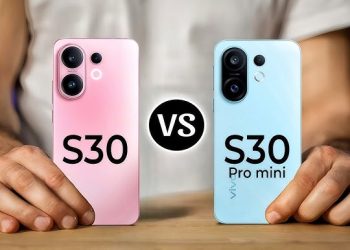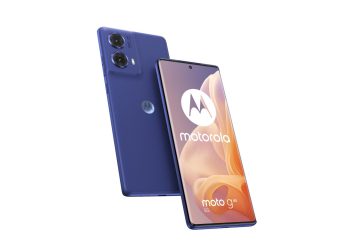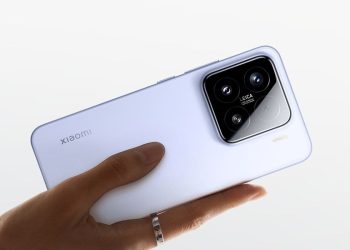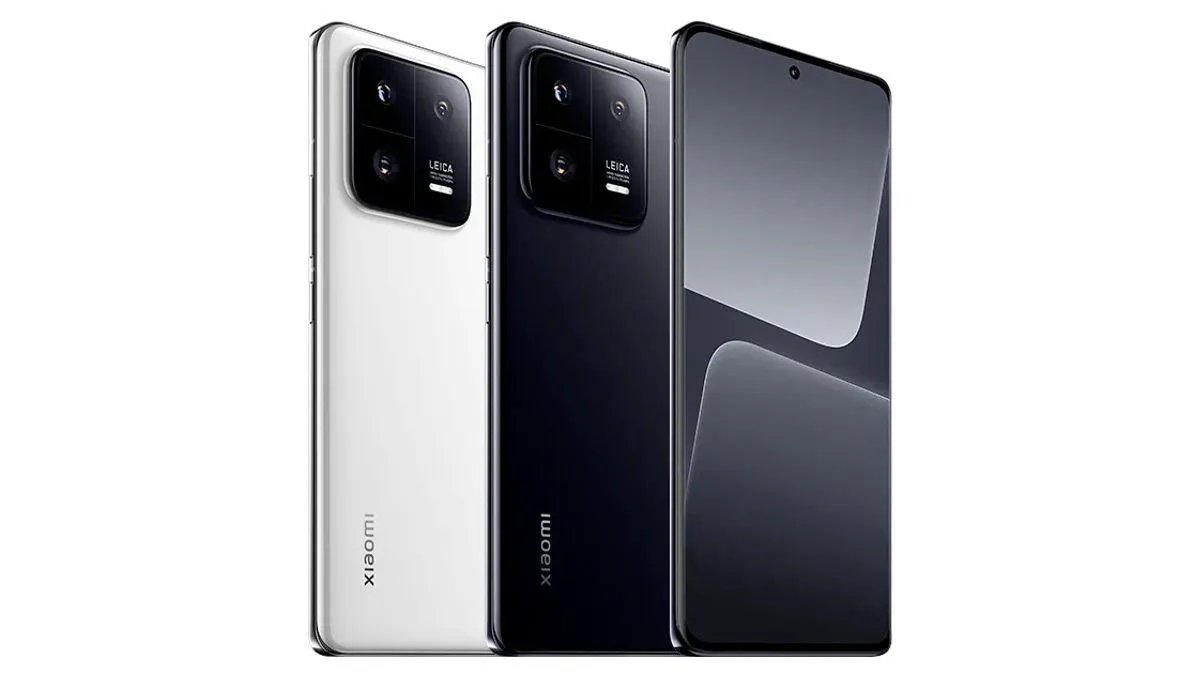TNEP and CH 1.5 specifications published as candidates last year
For the first time, the TNEP specification defines bi-directional communication between an NFC-enabled smartphone and an IoT device with tag and reader functions. In conjunction with CH 1.5, the TNEP specification allows you to create consistent solutions using NFC, Bluetooth and Wi-Fi that work in read and write modes regardless of the smartphone’s operating system.
Last year, TNEP and CH 1.5 were published in the status of “candidates”, and now, after a thorough validation process, they are accepted as specifications, ready for implementation on the market.
Because TNEP uses the standard NFC tag read and write routine, all NFC-enabled smartphones that allow their applications to read and write tags can support TNEP using the app. Such an application would be able to establish a bidirectional NFC communication channel with IoT devices without the need for implementing a logical channel control protocol (LLCP) for peer-to-peer communication (P2P). Bi-directional communication with IoT devices means that NFC-enabled smartphones can read the actual state from the IoT device and can change the configuration of the IoT device using write operations. This may be, for example, tuning an audio system, digital camera, lighting system, smart meter or thermostat.
By defining a messaging structure about how consistent transmission works with an NFC reader/writer, CH 1.5 opens up the possibility of developing new solutions that combine NFC with Bluetooth or Wi-Fi when you need to transfer a large amount of data or data stream. Examples are streaming audio over Bluetooth or transferring photos from a digital camera or smartphone via Wi-Fi. Previously agreed transmission was limited to a P2P connection. Now CH 1.5 can use TNEP to organize a consistent transfer.










